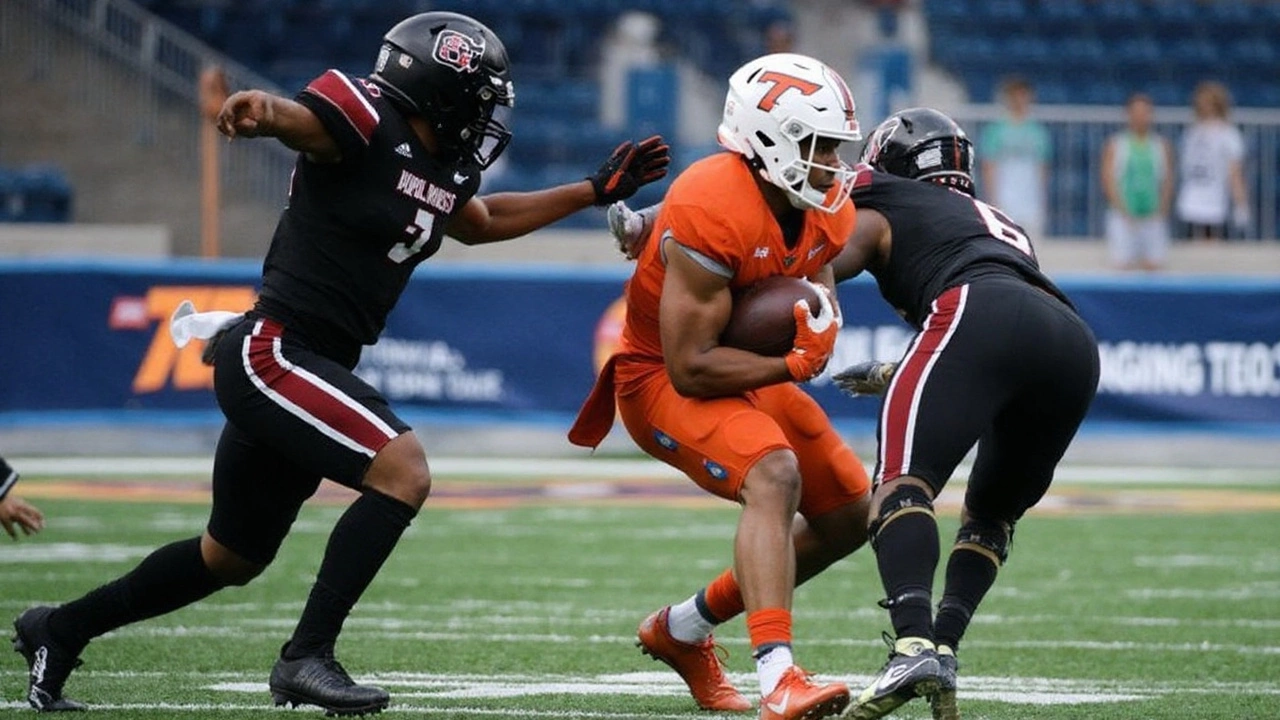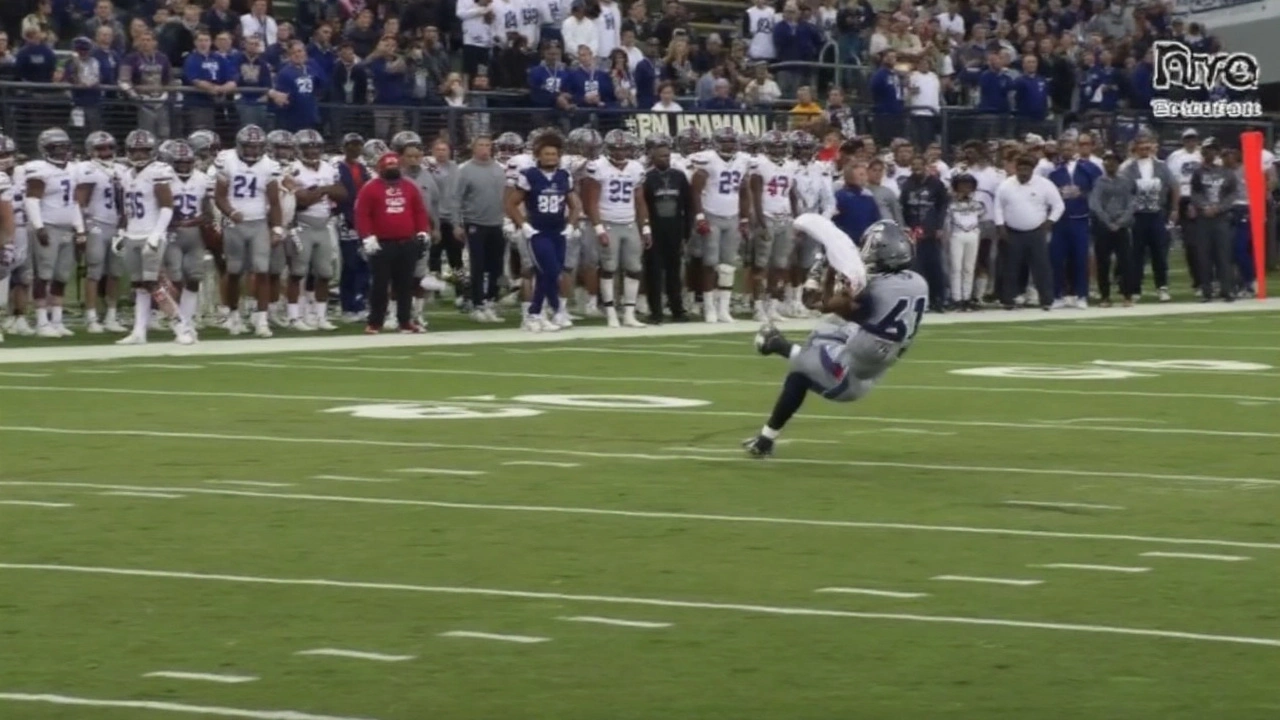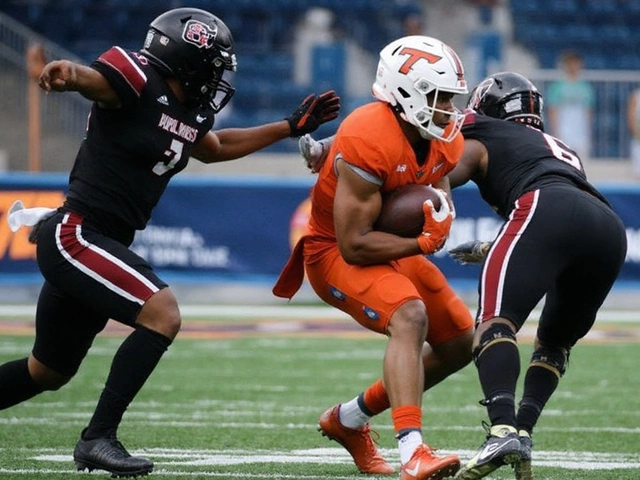South Carolina Gamecocks set 2025 depth chart: Sellers named QB1, defense reloaded

The message from Columbia is clear: the quarterback question is answered, the defense looks deeper, and roster churn from the transfer portal is now a feature, not a bug. The South Carolina Gamecocks unveiled their 2025 depth chart with LaNorris Sellers cemented as QB1, a backfield still in motion, and a defensive front that expects to cause problems from Week 1.
This is Shane Beamer’s fourth season, and this depth chart reads like a blueprint for how he wants the program to look—built around a homegrown quarterback, seasoned linemen, and selective transfer help to plug gaps. After an active spring portal cycle and a summer of workouts, the staff believes it finally has more than just a starting 22. It has options.
Offense: Sellers is QB1 and the run game still in motion
LaNorris Sellers didn’t just win the job—he held it. A late-season surge in 2024 put him on track for this moment, and the staff doubled down with a clear vote of confidence. Sellers returned with a new NIL deal and the keys to the offense. The expectation is straightforward: push the ball vertically when it’s there, protect the football, and move the chains with his legs when plays break down.
Behind him, Luke Doty is the steady hand. The graduate veteran gives the room experience and a dual-threat safety net. Redshirt freshman Air Noland and freshman Cutter Woods round out a room that got younger in a hurry after veterans Dante Reno and Robby Ashford hit the portal. That turnover is normal now, but it also means reps and chemistry matter more than ever in camp.
The backfield remains the most fluid spot on offense. Graduate transfer Rahsul Faison is waiting on an NCAA eligibility waiver—a decision that could shift the entire rotation if approved. Until then, last year’s leading rusher, Oscar Adaway III, and redshirt sophomore Jawarn Howell are battling for the first snap. Adaway brings patience and vision; Howell gives them burst. Junior transfer Isaiah Augustave and redshirt freshman Matt Fuller add depth and different body types for short-yardage and special teams.
Running back uncertainty puts extra focus on the offensive line, where South Carolina believes it has seven to eight reliable players—an upgrade from past seasons. At right tackle, redshirt junior Cason Henry leads, with redshirt sophomore Tree Babalade listed as his backup. That pairing suggests the staff wants to keep competition hot while also building swing-tackle flexibility. Expect more cross-training inside as well. They want a two-deep that can handle injuries and late-game fatigue without a drop-off.
Tight end looks cleaner: redshirt senior Brady Hunt tops the group and is expected to be a true three-down option—inline blocker on first down, chain-mover on third. Sophomore Michael Smith and redshirt senior Jordan Dingle give the room a good mix of size and route polish. In a scheme that leaned on tight ends in the red zone last year, that trio should be busy early.
At receiver, the names are younger, but the roles are already taking shape. Sophomore Mazeo Bennett Jr. brings quickness and separation skills. Freshmen Donovan Murph and Jordon Gidron add length and downfield speed—two traits the staff wanted more of after explosive plays came in streaks last season. The chemistry question remains: who becomes Sellers’ go-to on third-and-6 when the defense knows what’s coming? That’s a training camp storyline to watch more than any single snap count.
There’s also the bigger picture: this offense has enough depth to rotate situational packages—bigger sets for short yardage, speed on the perimeter for tempo drives. If the run game settles early and the line protects, Sellers won’t have to play hero ball. That’s the plan.

Defense, secondary, and what it says about Beamer’s roster build
The defensive front looks like the headliner. Sophomore Dylan Stewart continues to set the edge-rushing tone—he’s the piece offenses have to plan for. On the other side, senior Bryan Thomas Jr. is listed at left defensive end, and redshirt senior Monkell Goodwine brings size and experience at defensive tackle. Graduate student Nick Barrett anchors the interior, the kind of veteran presence line coaches trust when the opponent tries to go heavy and run right at you.
This group should rotate more than it did a year ago, which matters in the SEC grind. More bodies means fresher fourth quarters, and more matchups for pass-rush games and stunts. The expectation is clear: tighten run fits, win more early downs, and force longer third downs so the pressure can actually get home.
On the back end, the staff leaned into veteran leadership. Senior DQ Smith and redshirt senior Myles Norwood headline the defensive backs. Redshirt sophomore Vicari Swain and freshman Kendall Daniels Jr. add a mix of athletic upside and depth. The blend gives South Carolina options—bigger personnel for tackling teams, lighter groups for spread sets, and the ability to disguise coverages without blowing assignments.
Where does it all connect? Depth. For the first time in a few seasons, the two-deep on defense looks closer to SEC standard. You can see the staff’s portal strategy: keep core pieces, add experience in the trenches, and let the secondary benefit from a better pass rush. If that holds, the explosive plays allowed should come down, and the turnover numbers, usually volatile, could finally swing in their favor.
Special teams and situational football also appear to be a quiet point of emphasis. With more playable depth at linebacker and defensive back, coverage units can stabilize. That often shows up in hidden yardage—shorter fields for the offense, longer fields for the opponent.
As for timing, the NCAA waiver on Rahsul Faison hangs over the final offensive configuration. Waiver rulings don’t come on a tidy schedule, and the staff has to prep both paths: one where Faison steps into the rotation by Week 1, and another where Adaway, Howell, Augustave, and Fuller carry the early load. Either way, the line’s performance will dictate how much this offense can lean on play-action and tempo.
Zoom out, and the roster tells a story about how South Carolina operates now. The spring transfer portal didn’t just patch holes; it reset competition. Veterans left, younger players moved up, and the staff added pieces where it lacked experience. That’s modern roster building. You keep your culture guys, upgrade the two-deep, and make the starting jobs hard to win—and harder to keep.
If you’re looking for swing factors before kickoff, start with three: protection, explosive plays, and third-down defense. Protecting Sellers keeps the full playbook open. More explosives from the receivers and tight ends keep defenses honest and lighten the box for the backs. And if the pass rush translates from paper to Saturdays, the defense won’t have to live on the edge quite as often.
Depth chart snapshots worth noting as camp ramps up:
- Quarterback: Sellers is QB1, Doty the veteran No. 2, with Noland and Woods set for development reps.
- Running back: Adaway and Howell lead while the staff awaits Faison’s waiver; Augustave and Fuller bolster depth and special teams.
- Offensive line: A firmer two-deep with Cason Henry at right tackle and Tree Babalade as the primary backup option there.
- Tight end: Brady Hunt headlines a room built for third downs and red zone work, with Michael Smith and Jordan Dingle behind him.
- Receivers: Bennett Jr., Murph, and Gidron give a young group speed and length, with roles still settling.
- Defensive line: Stewart, Thomas Jr., Goodwine, and Barrett set a physical tone, with rotation expected to be heavier than last season.
- Secondary: Veteran leadership from DQ Smith and Myles Norwood, with Swain and Kendall Daniels Jr. pushing the room.
Nothing about this depth chart screams finished product. That’s by design. The staff wants competition to carry through camp and into September. But the spine—quarterback, line depth, edge rush—looks stronger. Now it’s on the Gamecocks to turn a deeper chart into cleaner football when it counts.
